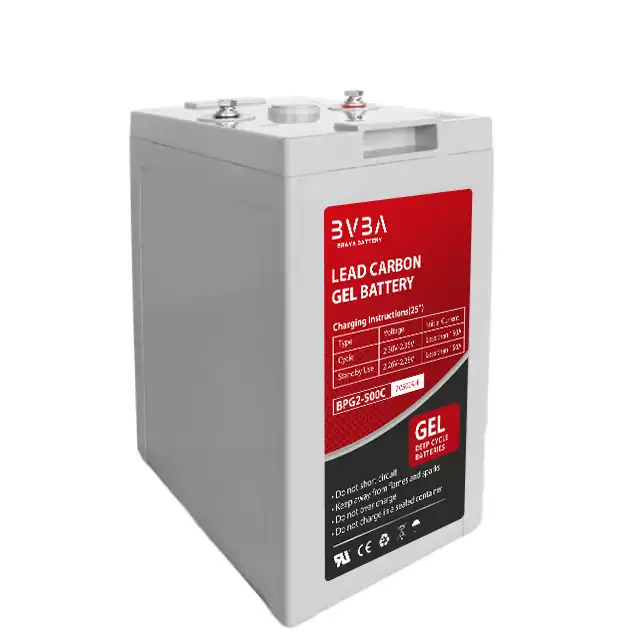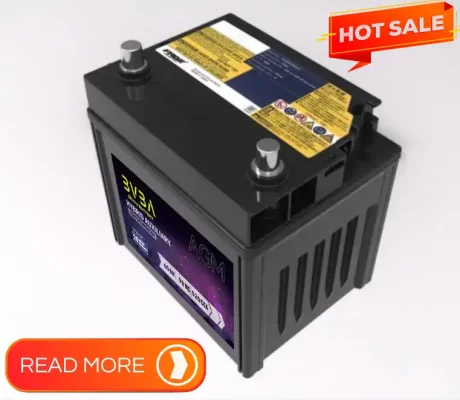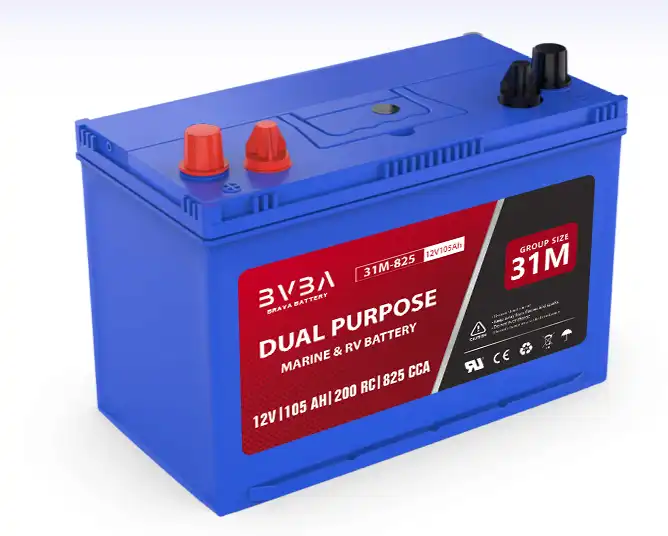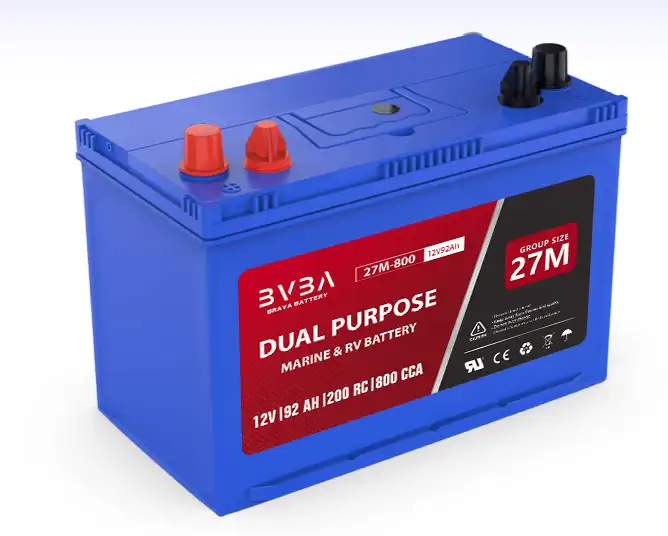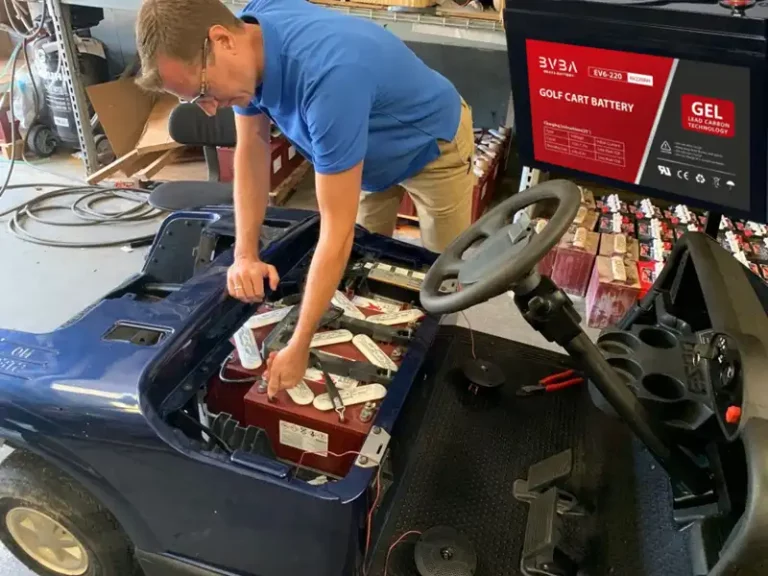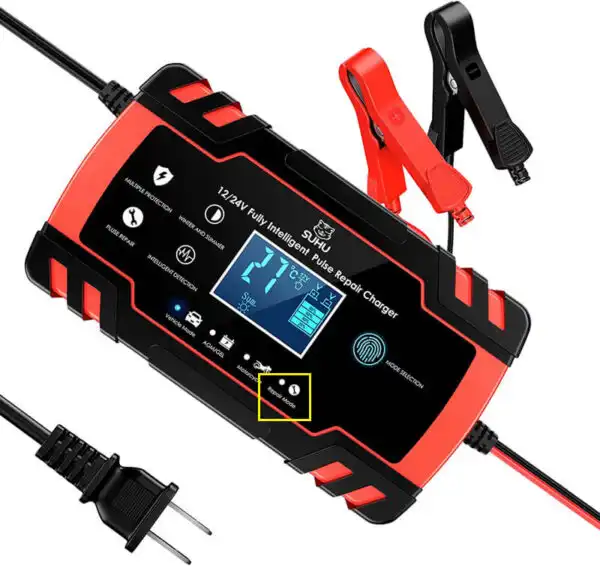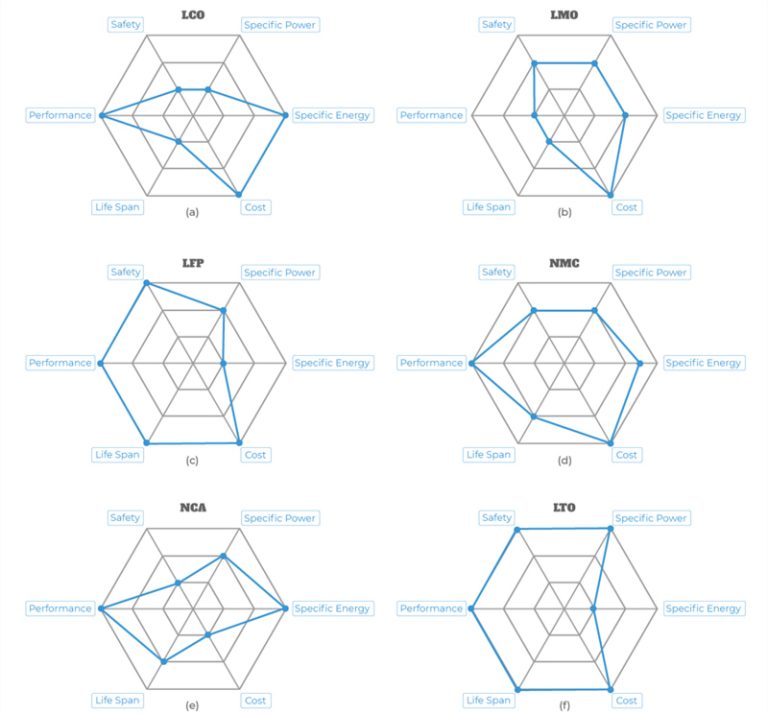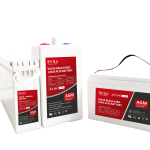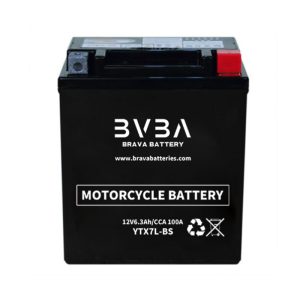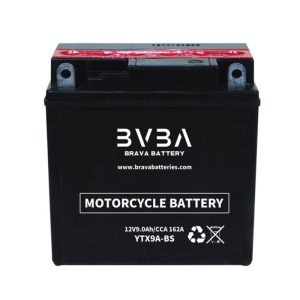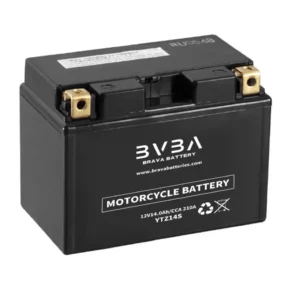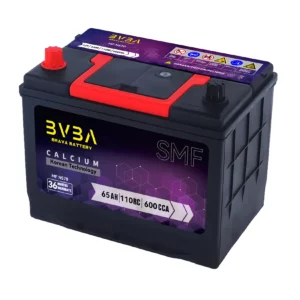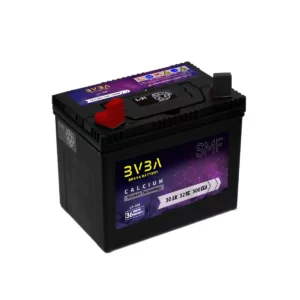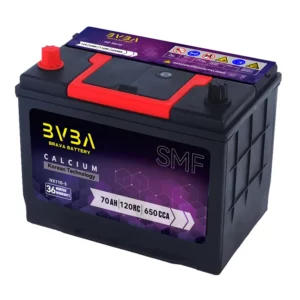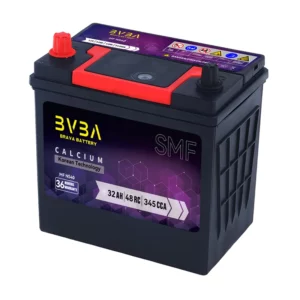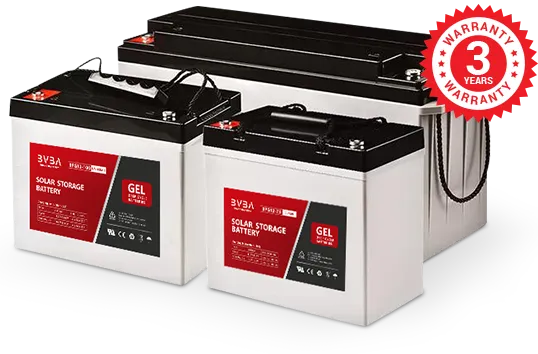BRAVA’s lead-carbon technology increases the charging speed by 8 times and can be charged to 80% of the battery capacity in half an hour.
Capacity range: 2V 500 – 2000Ah, 12V 100 – 250Ah
Designed float charge life: 15 years (25℃)
Cycle life: under standard conditions of use, 70% DOD cycles more than 1900 times
Self-discharge rate: ≤3%/month
Operating temperature range: -40-60°C
How is the future development prospect of lead-carbon batteries with superior performance? In the field of energy storage, lead-carbon battery advantages are outstanding and battery technology is the key to the development of the energy storage industry. With the advantages of strong charge acceptance, safety and reliability, and low manufacturing cost, under the background of the widespread use of renewable energy and the continuous expansion of the energy storage market, lead-carbon batteries will become another direction of development of energy storage batteries after lithium-ion batteries and flow batteries.
In addition to energy storage, lead-carbon batteries are also used in new energy vehicles. Because it can quickly output and input charge during vehicle acceleration and braking, lead-carbon batteries are particularly suitable for automobile start-stop systems. Compared with other electrochemical energy storage technologies, lead-carbon batteries have obvious advantages in terms of cost and safety. The cost of a lead-carbon battery is about 1,000 yuan/kW·h. After the battery is scrapped, the lead in the battery is easily recycled and reused. Therefore, the lead-carbon battery is the same as the lead-acid battery. The residual value of the failed battery is very high, is one of the economically feasible power storage technology routes. At the same time, because the electrolyte of the lead-carbon battery is an aqueous sulfuric acid solution, as long as the ventilation is maintained, combustion and explosion will not occur, so it is safe. As the technology continues to mature in the future, lead-carbon batteries will occupy an increasing market share in the field of energy storage.
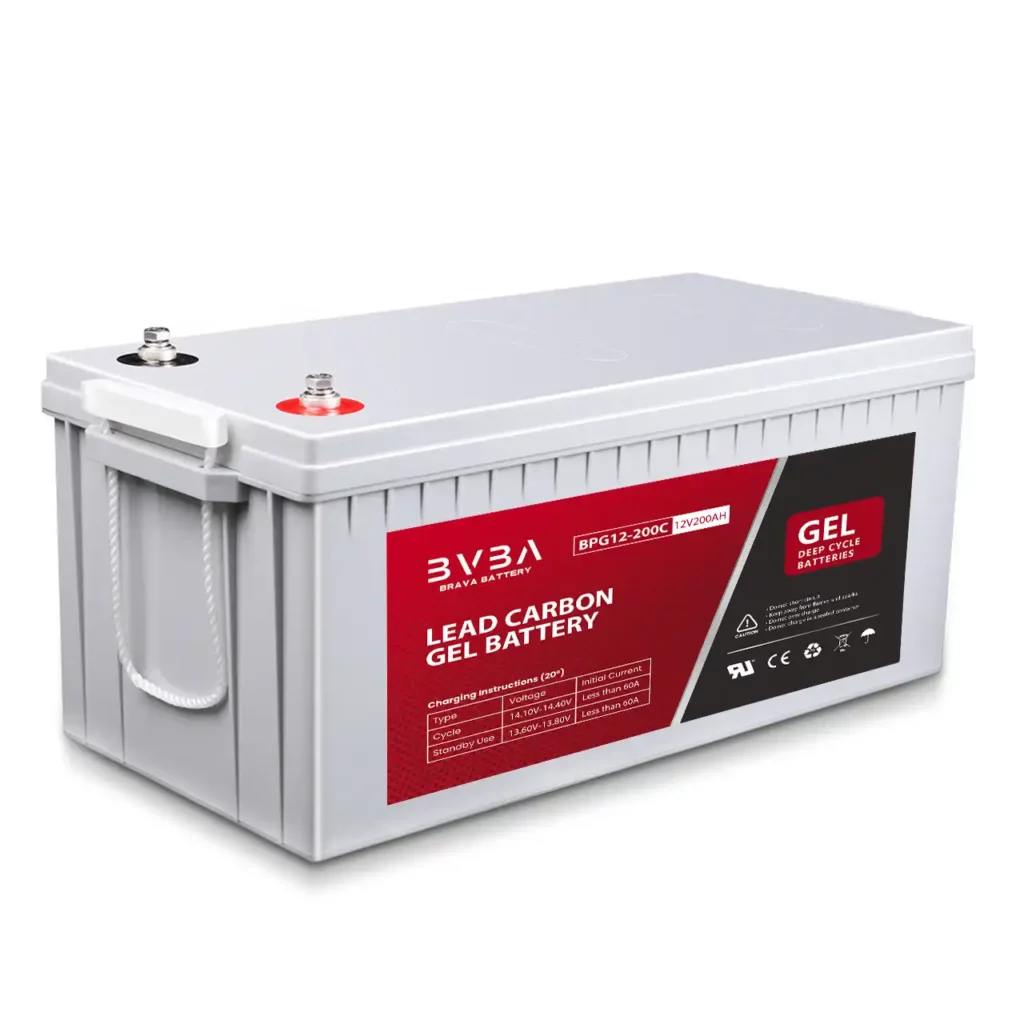
1. What is lead carbon battery energy storage?
Lead carbon battery technology is a new type of electrochemical energy storage technology, which is essentially an optimization of the lead-acid battery formula. Lead carbon battery is a battery made by adding carbon material to the anode of lead-acid battery.
Carbon is a very magical element with the most abundant types of compounds. Its addition has greatly improved the charge and discharge performance of lead carbon battery while retaining the original power density of lead-acid batteries. Moreover, lead carbon battery, like lead-acid battery, can basically achieve 100% recycling, which is one of the relatively economical and feasible power storage technology routes at present.
Since the electrolyte of the lead carbon battery is an aqueous solution of sulfuric acid, as long as the ventilation is maintained, there will be no combustion and explosion, and the safety is good. In the future, as the technology continues to mature, lead carbon battery will occupy an increasing market share in the field of energy storage.
2. Advantages of lead carbon battery energy storage
As a member of the new energy storage family, the lead carbon battery has no flammable substances, belongs to the water system battery, and has high safety. At the same time, the battery unit of the project adopts a liquid cooling method to dissipate heat more evenly. The device has a long life. The lead carbon battery adds special conductive porous carbon to the anode of the lead-acid battery, which solves the problem of the particle size of the anode active material, and the battery life is twice that of the traditional lead-acid battery. Economical.
On the one hand, lead carbon battery energy storage unit electricity price is affordable, construction cost and operating cost of electricity are relatively low. On the other hand, the environmental load of lead-carbon energy storage in its entire life cycle is very low, and the positive and negative electrode materials and electrolyte of the battery can be recycled, and the recycling process is simple, the technology is mature, and the residual value rate is as high as 45%. Lead carbon battery material technology is the mainstream technology in the field of energy storage batteries.
Due to its outstanding advantages such as low cost and high safety, large-capacity lead-carbon energy storage batteries can be widely used in various new energy storage systems such as solar energy, wind energy, and wind-solar hybrid energy. It can also be applied to smart grids, micro-grid systems, power supply and energy storage systems in areas without mains power and harsh grids, power frequency modulation and load tracking systems, power peak-shaving and valley-filling systems, and home energy storage and charging systems, etc. It is one of the mainstream energy storage batteries.
3. Comparing lead acid battery vs lead carbon battery
Performance comparison of lead carbon battery and traditional lead acid battery
| Performance | Lead acid battery | Lead carbon battery |
| Maximum discharge efficiency | 2C | 5C |
| Price (RMB/Wh) | <0.2 | 0.45 – 0.7 |
| Specific energy (Wh/kg) | 35 – 45 | 30 – 60 |
| Specific power (Wh/kg) | 150 | 240 |
| Fast charging capacity (h) | 12 | 1 |
| Design life (years) | 2 | 5 |
| Discharge capacity | 50% | 60% |
A lead-acid battery consists of a positive plate group, a negative plate group, a separator, an electrolyte, a container and other structural components. The active material of the positive plate is lead dioxide, and the main active material of the negative plate is lead. During the discharge process, fine and soft lead sulfate crystals will be formed on the positive and negative plates, and the lead sulfate will disproportionate into lead and lead dioxide during the charge process.
Lead-acid batteries are widely used in fields such as electric vehicles and energy storage because of their cost-effectiveness, high recovery rate, high safety, and large market size. Their share in the energy market exceeds that of other electrochemical batteries combined. However, lead-acid batteries still have problems such as low specific energy density and short cycle life.
Lead carbon battery is a capacitive lead-acid battery, which is a technology evolved from traditional lead-acid batteries. It adds activated carbon to the anode of lead-acid batteries, which can significantly improve the life of lead-acid batteries. Compared with the traditional lead-acid battery, under the “parallel mechanism” effect, the conversion of lead ions to lead is realized, so that the electrochemical reaction is repeated, but the insoluble lead sulfate will block the reaction and cause the reaction to stop.
The role of carbon materials in the anode is mainly to establish a conductive grid, form a double capacitor layer, inhibit the formation of insoluble lead sulfate crystals, and increase active sites. While reducing the amount of lead used, the battery life is extended, and the battery performance is comprehensively improved.
4. Comparing lead carbon battery vs lithium-ion battery
Among the new energy storage technology, electrochemical energy storage has developed rapidly in recent years due to its advantages of high efficiency, fast response, short construction period, and strong technical adaptability, and has gradually become the mainstream of energy storage power stations. In electrochemical energy storage, lithium-ion batteries account for nearly 90% of the total due to their high energy density and mature technology.
However, due to frequent accidents, users’ consideration of battery safety has further increased. Because lithium batteries use organic substances as electrolyte solvents, when they are not used correctly (heat abuse, electrical abuse and mechanical abuse), lithium iron phosphate and other types of lithium batteries will undergo irreversible thermal runaway behavior, and there is a greater risk of fire.
In actual operation scenarios such as energy storage power stations and substations, hundreds or even thousands of battery cells are often connected in series and parallel to form battery modules or battery clusters for centralized use. In this case, once a fire occurs in one of the batteries, the strong heat and combustion it releases will cause the temperature of the surrounding batteries to rise, resulting in thermal runaway of the entire battery module, and even fire and explosion accidents in the entire battery system.
Compared with lithium batteries, due to their own structure and reaction mechanism, lead-acid and lead carbon battery mainly use dilute sulfuric acid aqueous solution as electrolyte, which will not cause thermal runaway, spontaneous combustion and explosion. Therefore, in special environments where the use of lithium batteries is restricted, such as crowded places or high-value equipment rooms, lead carbon battery has stronger applicability and fewer safety hazards due to their higher safety.
5. Application scenarios of lead carbon batteries
Lead carbon battery can be applied to 5G base station energy storage and home energy storage.
The lead carbon battery 5G base station energy storage linkage virtual power plant can reduce electricity costs and achieve energy storage profitability. With the upsurge of home energy storage installations in Europe, lead carbon battery is more in line with the safety considerations of wooden buildings. Communication energy storage, as the supporting infrastructure of the communication base station, is the key to ensure the reliable operation of the communication system.
The energy storage device is used to discharge during the peak load period, and to charge from the grid during the low load period to reduce peak load demand and save electricity costs, so as to achieve the purpose of improving load characteristics and participating in system peak regulation, while saving electricity costs and maximizing arbitrage. The power supply system of the base station is mainly divided into two parts: the AC power supply system and the DC power supply system.
The AC power supply system includes mains introduction, mobile oil generator, surge protector, AC distribution box, etc. The DC power supply system includes high-frequency switching combined power supply, storage battery and so on. For the existing power distribution system of the base station, an energy storage system is introduced behind the AC distribution box. When the electricity price is low, the energy storage battery is charged through the energy storage system PCS.
When the electricity price peaks, the energy storage battery is reversely discharged to realize peak-valley arbitrage. SolarPower Europe data shows that the total energy storage capacity of residential energy storage systems deployed in Europe exceeded 1GWh for the first time in 2020, and more than doubled in 2021 to 2.3GWh. SolarPower Europe believes that the deployment boom of residential solar and storage systems will continue.
European and American family houses, especially single-family houses, have a large number of wooden structures. Therefore, the safety of energy storage batteries is also one of the more important considerations for arranging home energy storage power stations. The safety advantages of lead carbon battery, such as thermal runaway, spontaneous combustion and explosion, are demonstrated in the application scenarios of wooden structure home energy storage.
At the same time, single-family houses in Europe and the United States have large space, and large areas such as basements and garages are rich. When using lead carbon battery instead of lithium batteries as energy storage batteries, they are not sensitive to problems such as large volume and heavy weight.
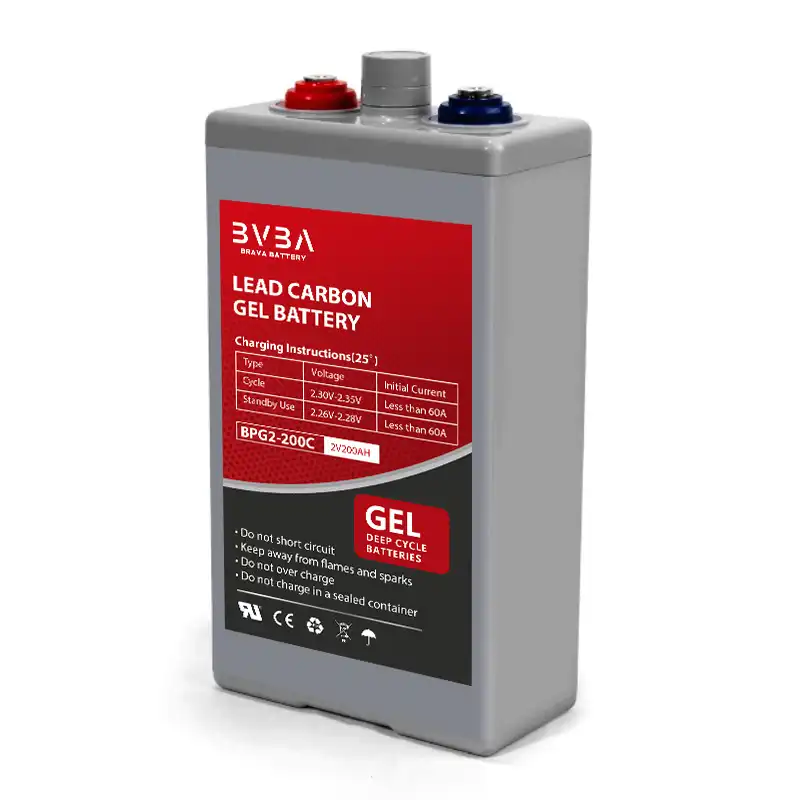
6. Conclusion
Lead carbon battery is an important part of future energy storage technologies. Since lead carbon battery has the advantages of mature production process, low production cost, low raw material cost, safety and stability, with the improvement of performance and technological progress, it will have great advantages to apply in energy storage in the future.

